The Balkans is a region in Eastern Europe that has been long time in our heads. We always wanted to cycle in these countries we heard so many stories about...
especially during the war in the 90´s: places like Vukovar, Mostar, Mitrovica, Sarajevo, Dubrovnik, Srebrenica, Pristina or the names of Rugova, Radic, Tudman, Mladic, Radovan Karadzic, Nano, Milosevic remind us the tragic Yugoslav wars that lasted from 1991 till 1999: ethnic conflicts fought on former Yugoslavia accompanied with the breakup of the country.
However the Balkans is not only a war story but also a rich heritage of cultures/civilizations/religions that once upon a time were living together in peace.
After a short flight we start cycling in Split, Croatia. Nearby Trogir is a very nice surprise with a little old town. However we feel Croatia very touristy. The Adriatic and the “jadransko magistrala” shows us (eg at the Makarksa Riviera) great cycling with little traffic and bays to bath in crystal water. Although there is all over houses and rooms to rent we manage to wild camp and profit from the nice weather in the middle of October.
In Dubrovnik we get a shock with all the tourists coming out of the big cruise boats, showing off in the streets of the Stari Grad. Definitely not our highlight, Dubrovnik old city might be one of the greatest fortified citadels but the crowd of tourists and the absence of local life (Croatians living inside the Old City) make it a place without soul.
In between we make a short visit to Bosnia and Herzegovina (BiH), probably the country that most suffered during the war. Croats, Serbians and Bosniaks were fighting in a conflict that is not resolved yet. The Dayton Agreement brought some peace but it is still not over and anytime the thin line that separates the Srpska Republic, Brčko District and the Federation within the same country can explode once again.
We feel very good in this country, enjoying the Ottoman Old city of Mostar with the famous Stari Most (a 500 years old bridge blown up during the war by the Croats and rebuilt using the same technique) and the crossroad town of Sarajevo where the Ortodox (Serbs), Catholic (Croats) and Muslims (Bosniaks) seem to be living peacefully. The signs of the war are still evident in the facades of the houses, the hills around the city and parks are full of graves that remember us the period when the city was besieged (93-95) and the people who died in the conflict. The locals still live in the past sitting in cafes with music from the 80´s but all in all Sarajevo is a cosy city that has witnessed so many events in history: Winter Olympics in ´84, Franz Ferdinand assassination, the start of the WWI.....
Entering Montenegro (historically the region much closer to Serbia) we enjoy a lot cycling along the Bay of Kotor, not because of the many Russians in their yachts but because of the natural landscape and the nice old city of Kotor (much worth visiting than the one in Dubrovnik and with real local people inside!!).
Montenegro is our highlight for cycling in this Balkans loop and the little road along Lake Skhoder a delight. Almost exiting Montenegro local people start to greet us and wave with the hand....it is clear evidence that the Albanians are there!
Albania which has been isolated for many decades under a strong dictatorship from Hoxha and the “Sigurimi” is now slowly opening up and leaving behind its Communist past. It is the country where we feel the most welcome. Wherever we go local people greet us spontaneously, they come to talk to us in German or Italian and they are always very generous offering us grapes, pears, apples..... Long time we did not have so much generosity, direct contact and humanity since Asia and the Muslim countries.... It is paradoxical to have found such a big sign of hospitality in the poorest country of Europe. Not many tourists, no big facilities for mass tourism, a country where they still throw the trash in the streets, where you can still see chariots of horses transporting goods, little shops opened till midnight, more Mercedes cars than in Germany, old men playing domino and chess in the parks, local people drinking in the cafes... . We are happy to have found a country where life exists for everybody and not only for wealthy tourists as it was along the coast in Croatia and Montenegro.
It is time to cycle in Kosovo, for us it seems we are still in Albania. In fact we see lots of Albanian flags since the majority living there are Albanians. A country created in 2008 after the intervention of the UN in the conflict between Serbians and Albano-Kosovars in 1999. Kosovo still has a strong presence of the UN (KFOR) and is clearly a military base for the US in Eastern Europe. We feel very welcome and the locals always try to help and encourage us in the steep climbs.
A short visit to Macedonia's capital Skopje makes us discover a nice old city. The country from Alexander the Great and his vast empire in 300 BC or Mother Theresa, relevant figures from a country we would have loved to explore more in detail. Our final destination is Pristina where we take the flight back home.
The Balkans is a region with a rich history not only for the recent war in the ´90s but also for the Roman , Ottoman, Austro-Hungarian, Slav, Greek, Illyrian empires... A rich culture in a crossroad area with diversity in religion, ethnics that got in flame when Yugoslavia started to fall apart (only Slovenia and Macedonia became independent peacefully, the creation of the other states came after a big massacre of innocent people). It is important not to forget history if we do not want to repeat the same errors again.


















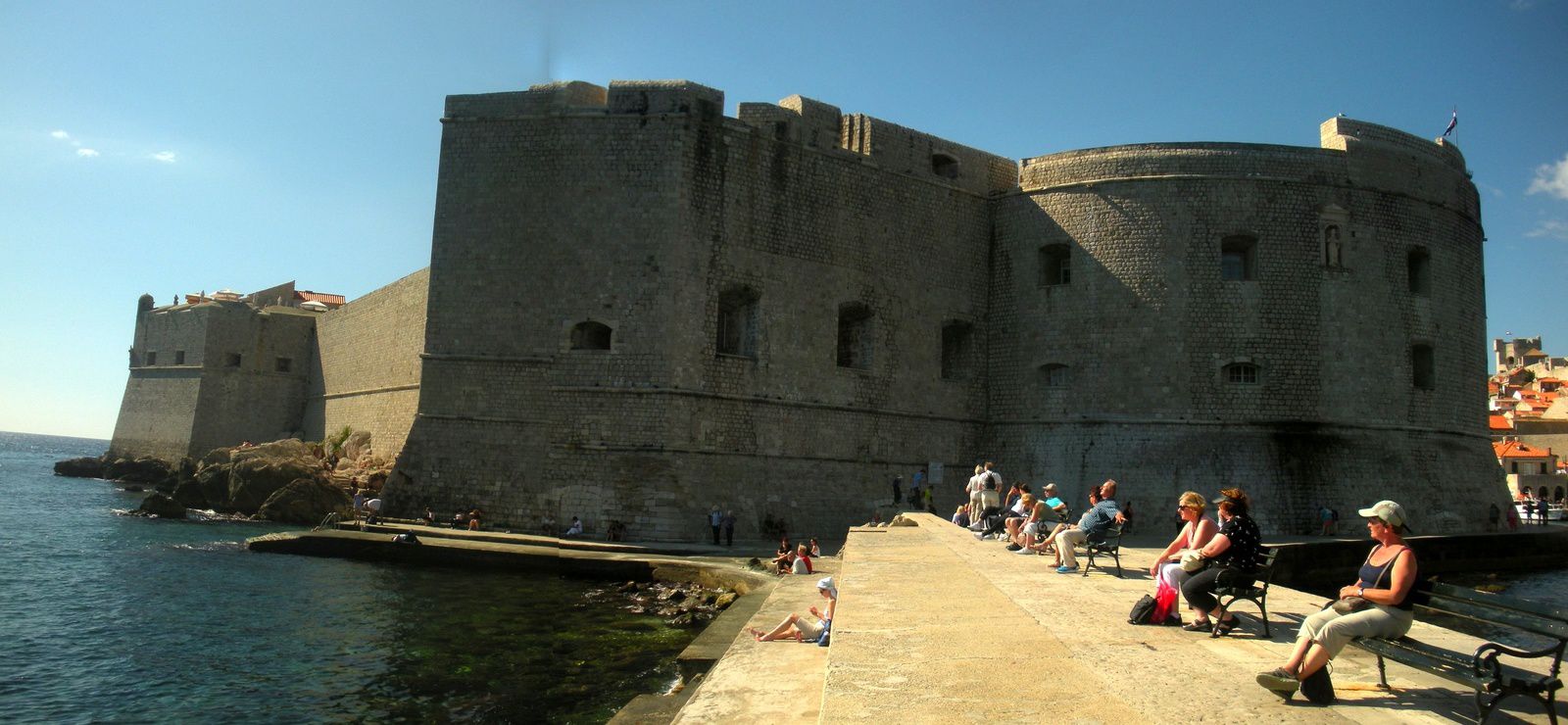

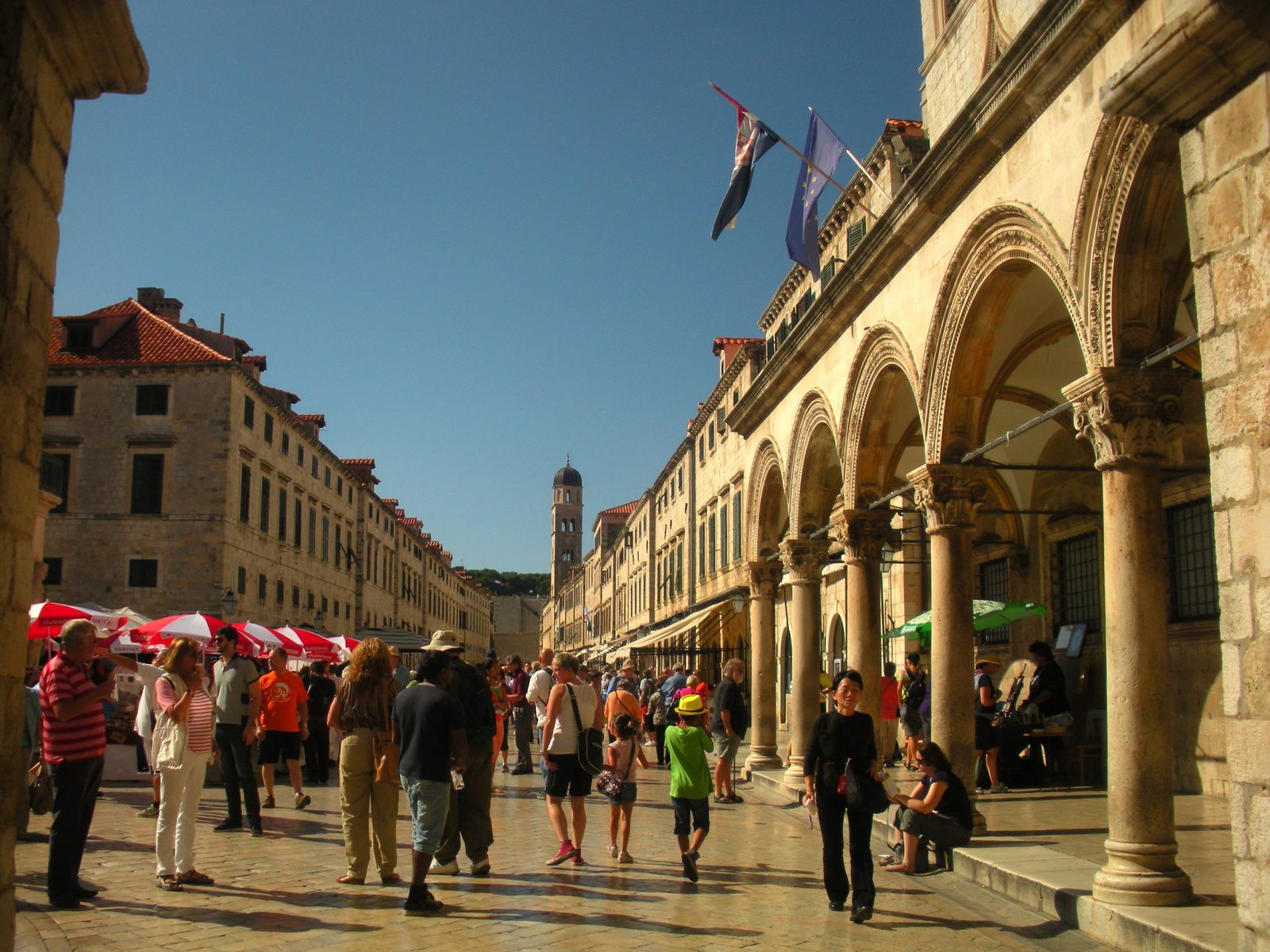

















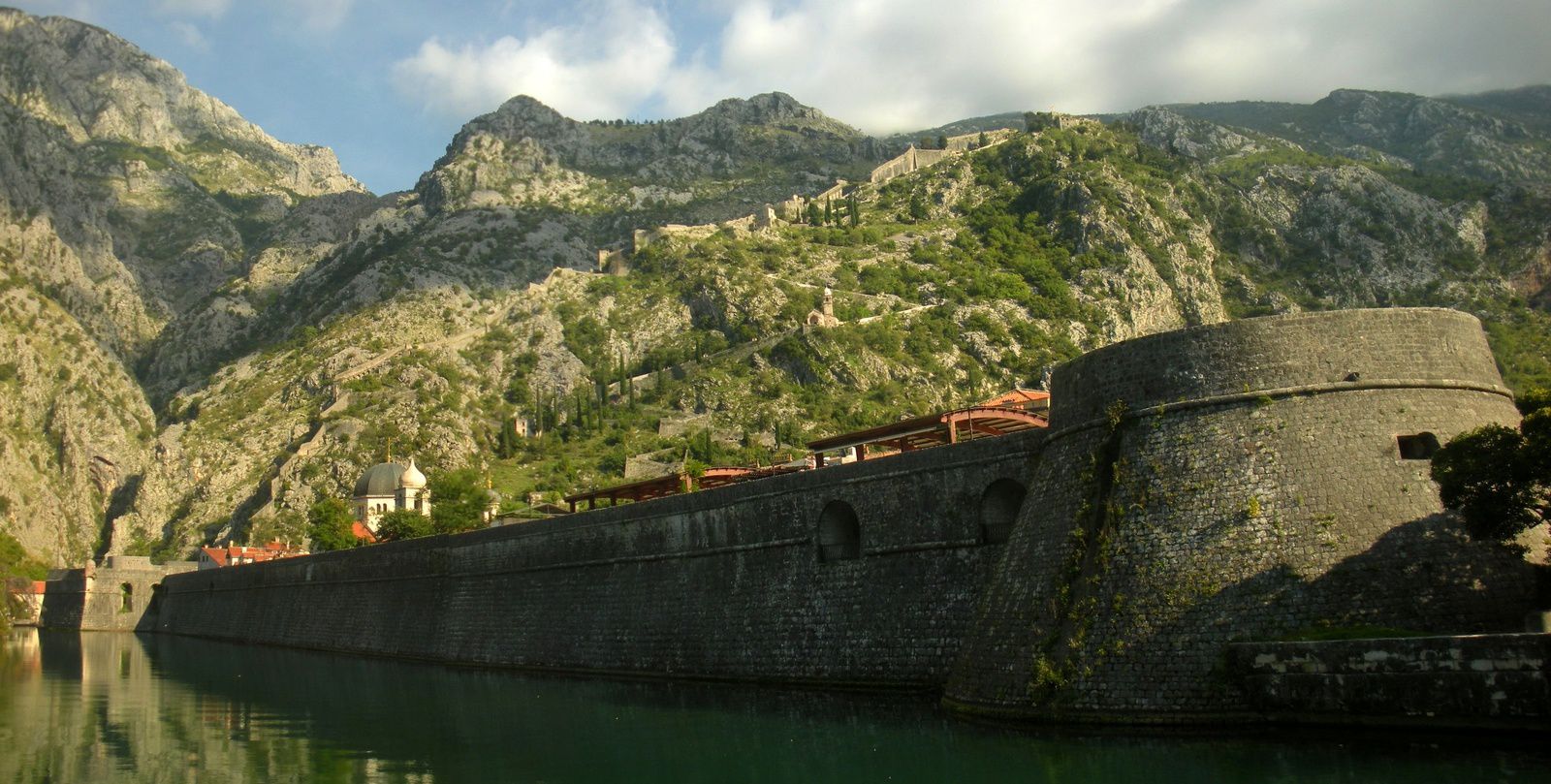


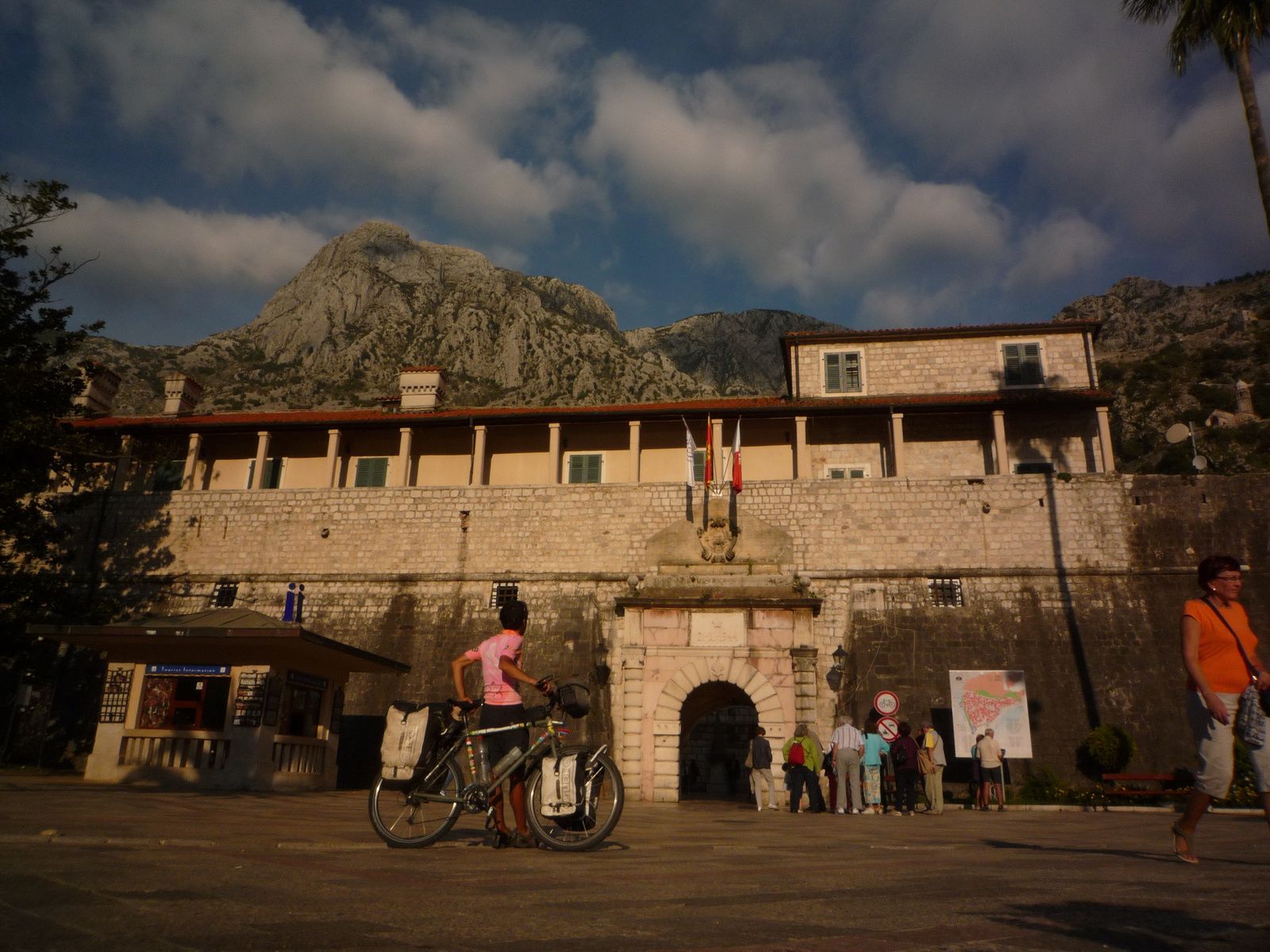













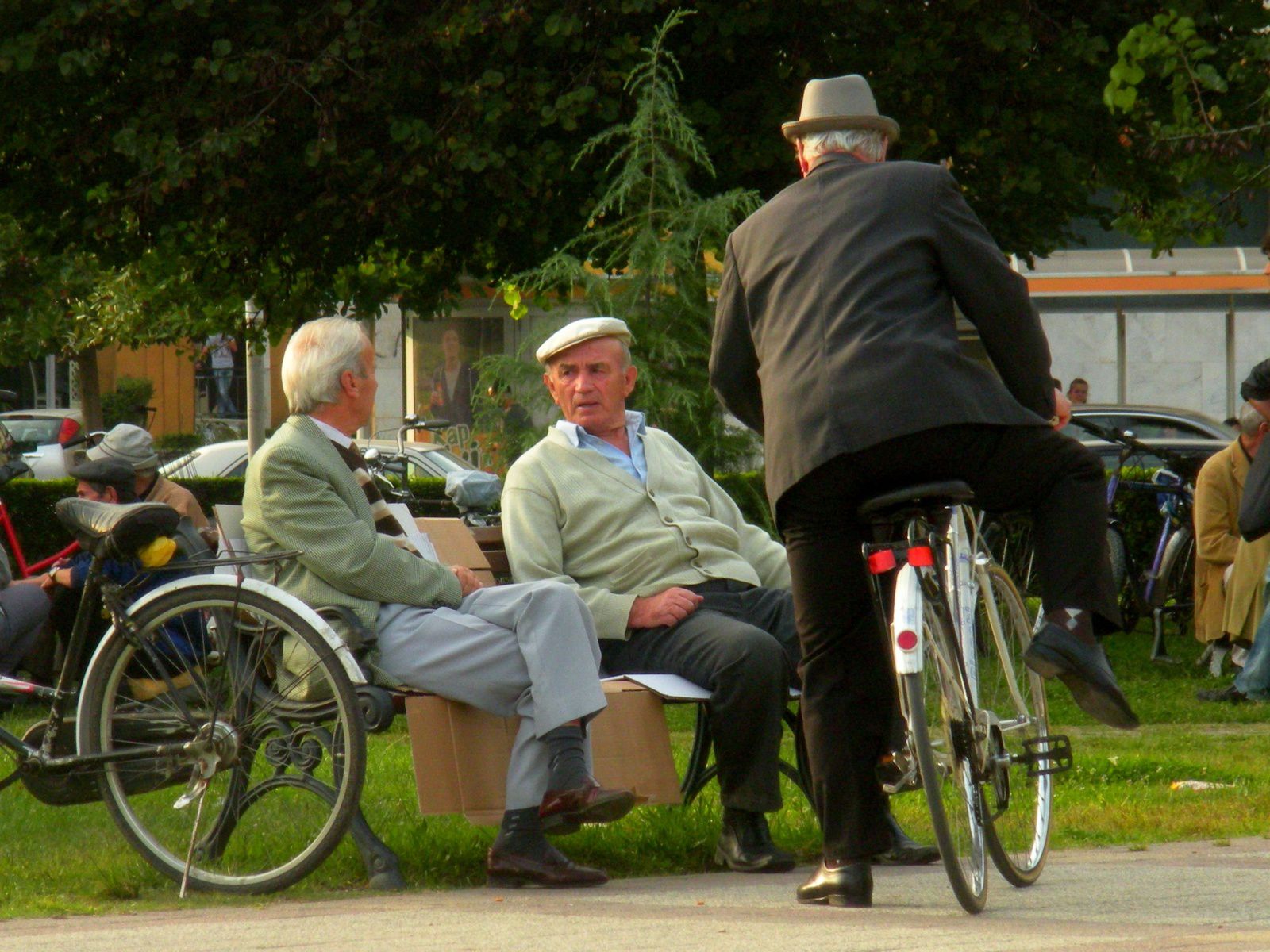













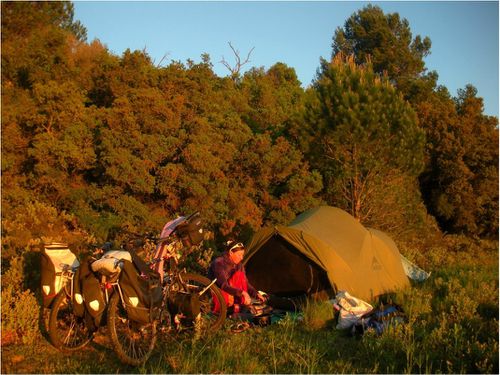
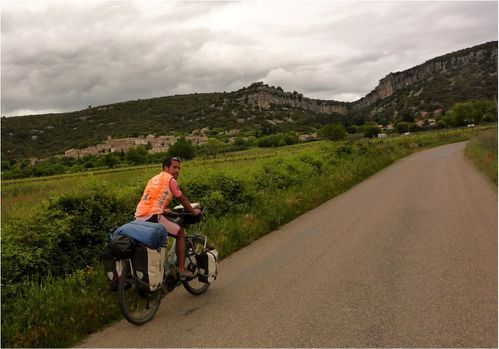
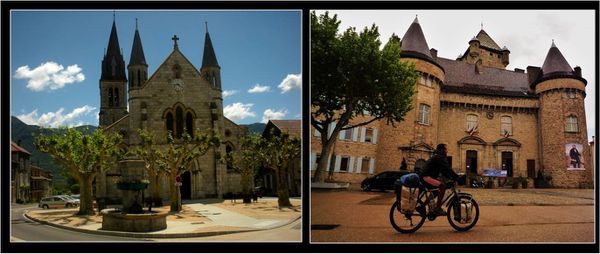
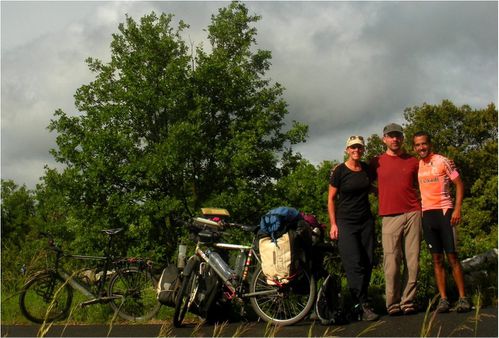
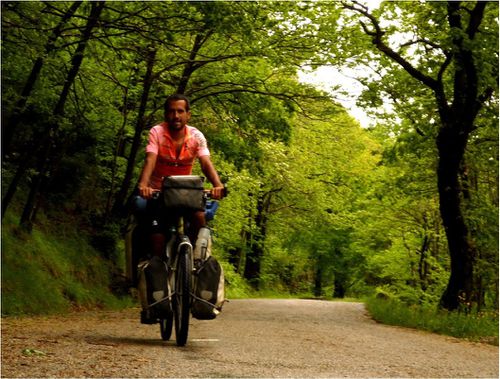

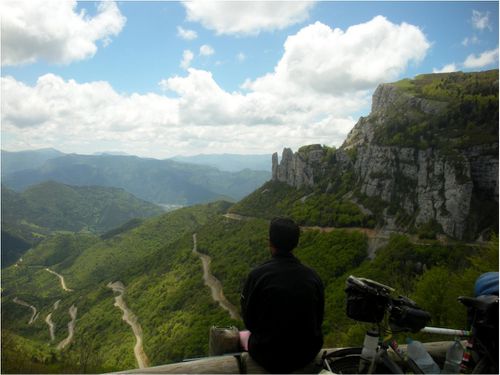

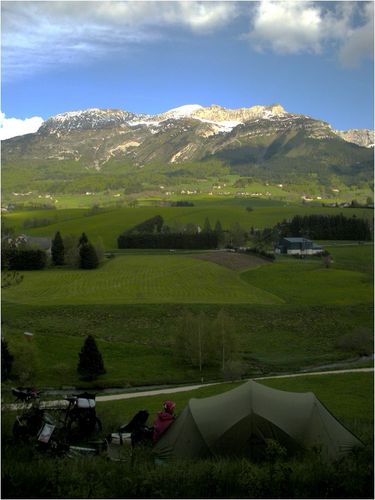



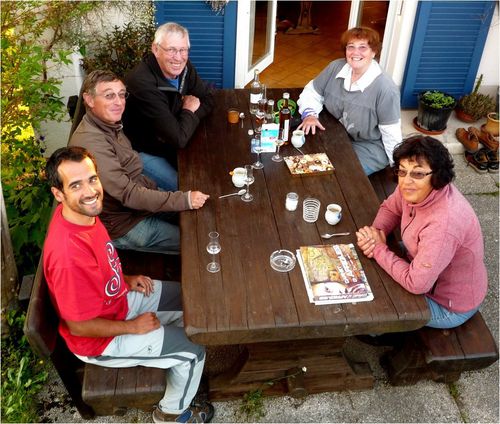
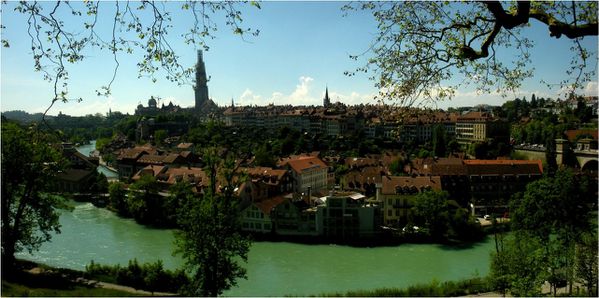

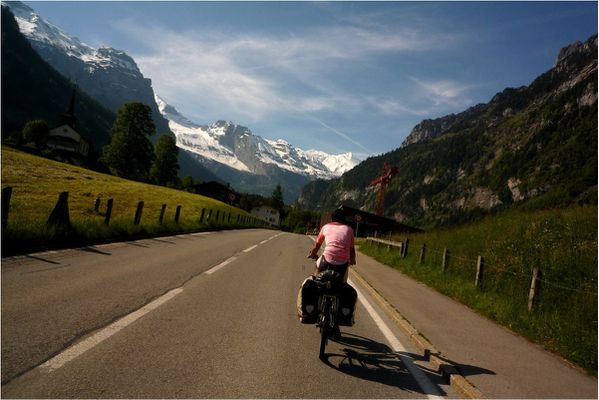

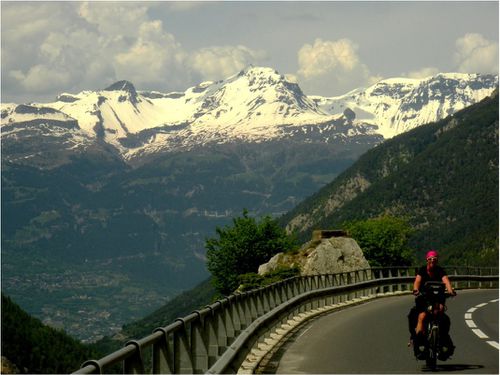
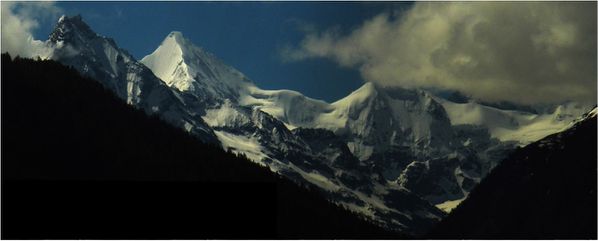





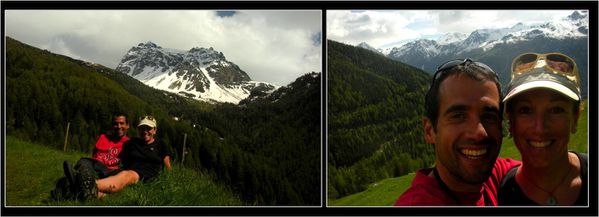

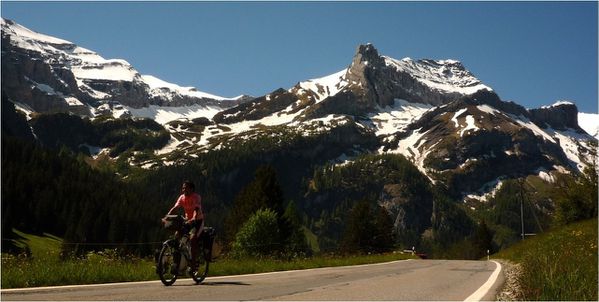
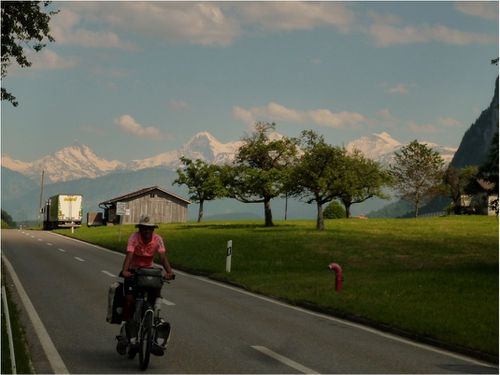
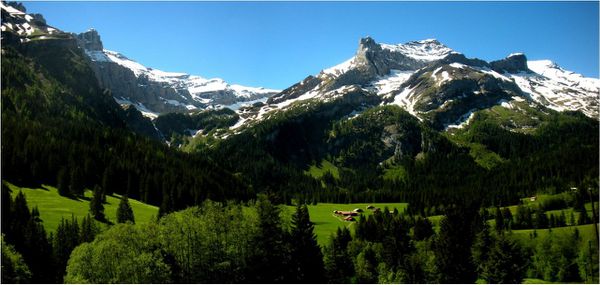
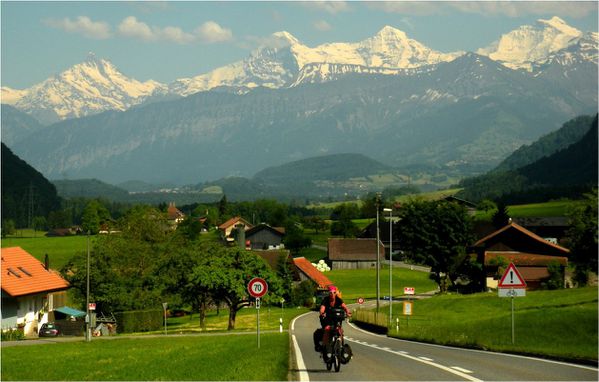
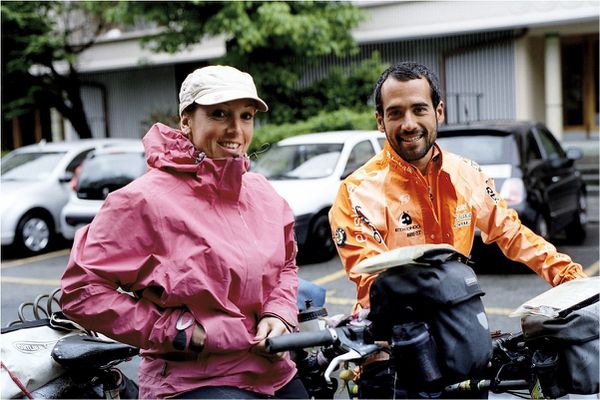


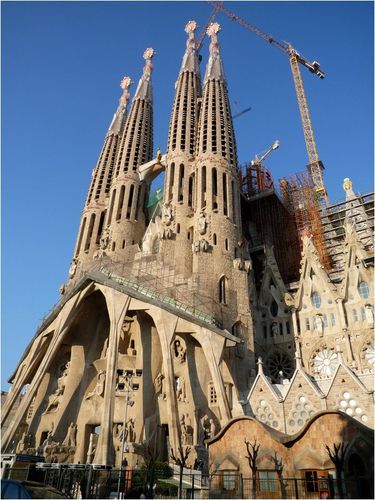

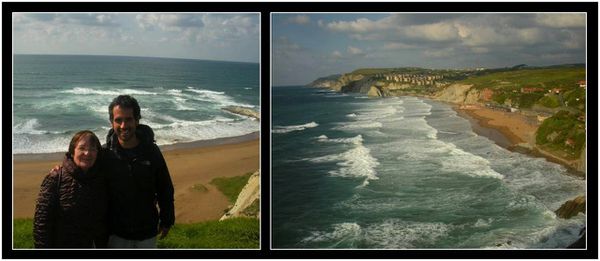

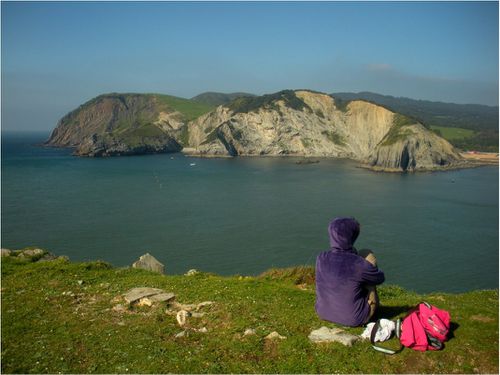






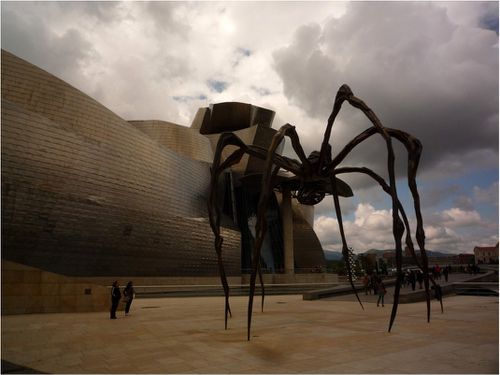
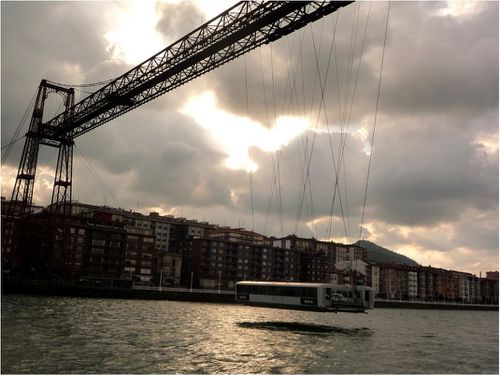






 Adios
Adios

